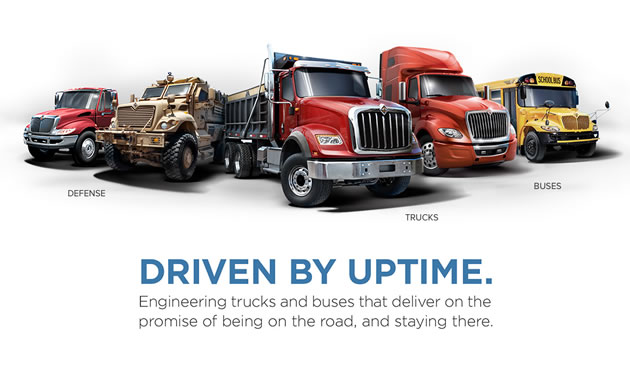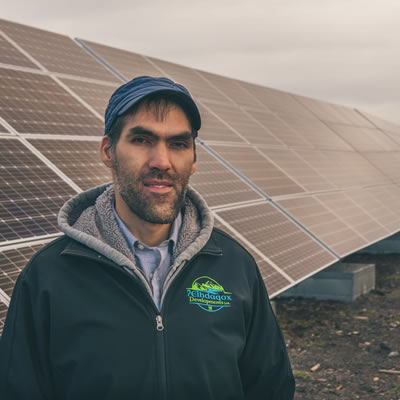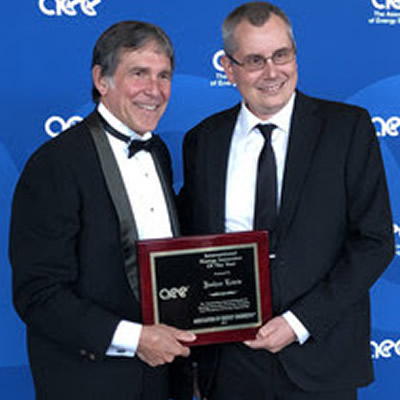Cummins Westport receives 2018 emissions certifications for L9N and B6.7N natural gas engines

— Photo courtesy Navistar
Cummins Westport Inc. (“CWI”) announced today that it has received certifications from both the U.S. Environmental Protection Agency (“EPA”) and Air Resources Board (“ARB”) in California for its 2018 L9N and B6.7N natural gas engines. Both engines meet California ARB optional Low NOx standards, as well as 2017 EPA greenhouse gas emission (“GHG”) requirements, making them some of the cleanest engines available today for truck and bus customers.
The L9N is certified to Californial ARB optional Low NOx standard of 0.02 g/bhp-hr ‒ a 90% reduction from engines operating at the current EPA NOx limit of 0.2 g/bhp-hr. The L9N offers ratings from 250 – 320 hp and 1,000 lb-ft peak torque, making it ideal for transit, shuttle and school bus, as well as medium-duty truck and refuse applications.
The B6.7N is certified to California ARB optional Low NOx standard of 0.1 g/bhp-hr – a 50% reduction from current EPA levels. Available with ratings from 200 – 240 hp and 560 lb-ft peak torque, the B6.7N is a great fit for school bus, shuttle, and medium-duty truck applications.
Based on the ISL G and ISB6.7 G natural gas engines, the 2018 L9N and B6.7N build on the experience gained from over 80,000 Cummins Westport engines currently in service and provide a present-day solution to urban air quality issues. In addition to ultra low emissions, the L9N and B6.7N feature a new engine control module with improved durability, on-board diagnostic (“OBD”) capability, an enhanced maintenance-free three-way catalyst, and a closed crankcase ventilation system.
“Cummins Westport is proud to offer emissions-leading products for our truck and bus customers,” said Rob Neitzke, President of Cummins Westport. “The L9N and B6.7N engines offer customers reliability and performance with near-zero emissions today. Natural gas engines are a mature technology, and are supported by an established fueling and supply infrastructure, enabling fleets to incorporate near-zero emissions technology into their fleets. Cummins Westport’s new 2018 products mean our customers can choose the most affordable path to zero-equivalent emissions with no commercial constraints on supply or technology readiness.”
All CWI engines offer customers the choice of using compressed natural gas (“CNG”), liquefied natural gas (“LNG”), or renewable natural gas (“RNG”) as a fuel. RNG is pipeline-quality natural gas produced from the decomposition of organic waste, which can come from a variety of sources such as dairy farms, landfills, and urban waste treatment plants. Combining Cummins Westport’s ultra low emission engines with RNG fuel provides additional and significant GHG reductions.
For 2018, the L9N and B6.7N will be available as a first-fit option from leading bus and truck manufacturers. Cummins Westport will also introduce the ISX12N natural gas engine as a first-fit option, which like the L9N, will meet the Optional Low NOx emissions level of 0.02 g/bhp-hr. Production of all three engines will begin in the first quarter of 2018.
CWI would like to acknowledge engine development funding support from the Gas Technology Institute, South Coast Air Quality Management District, SoCalGas, and the California Energy Commission.
About Cummins Westport Inc.
Cummins Westport Inc. designs, engineers and markets 6-12 liter spark-ignited natural gas engines for North American commercial transportation applications such as trucks and buses. Cummins Westport is a joint venture of Cummins Inc. (NYSE:CMI), a corporation of complementary business units that design, manufacture, distribute and service engines and related technologies, including fuel systems, controls, air handling, filtration, emission solutions and electrical power generation systems, and Westport Fuel Systems Inc. (NASDAQ:WPRT) (TSX:WPRT), a global leader in alternative fuel, low-emissions technologies that allow engines to operate on clean-burning fuels such as compressed natural gas (CNG), liquefied natural gas (LNG), hydrogen, and biofuels such as landfill gas. www.cumminswestport.com




